Innovative Team Collaboration: 3 Tools for Seamless Project Management
Read More
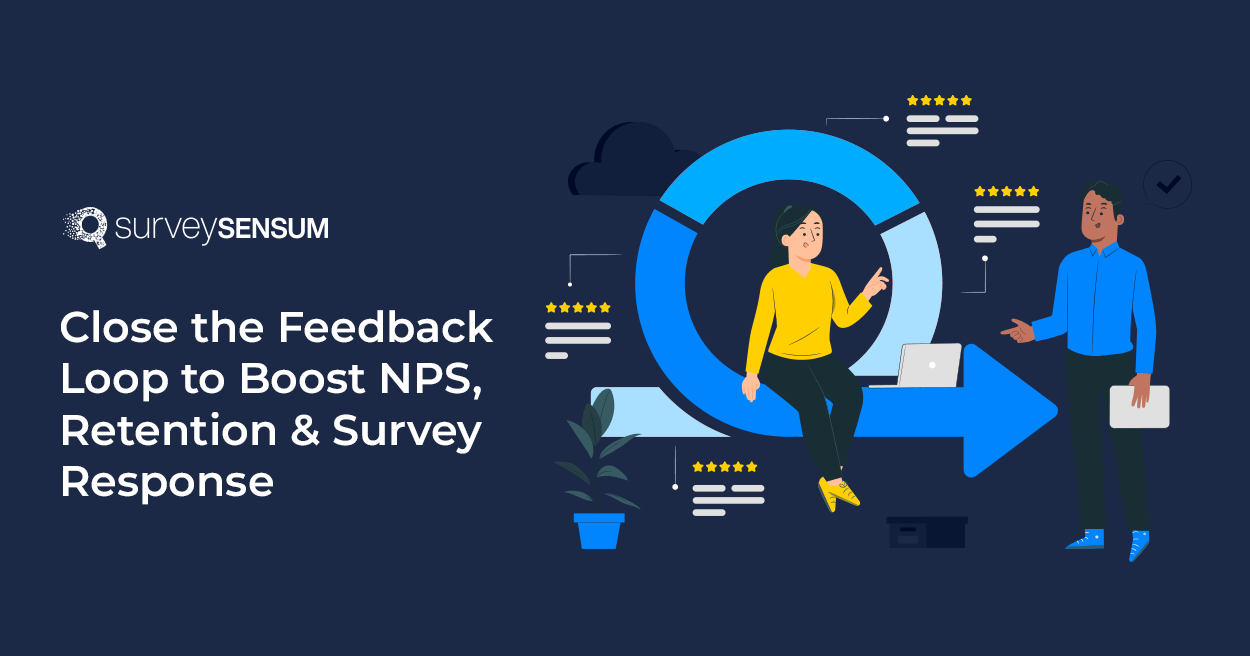
Have you ever launched an NPS or CSAT survey and wondered – ‘What am I going to do with all this data?’
If you did, then this blog is for you and everyone who struggled with
NPS and CSAT are more than just customer satisfaction measuring tools, they serve as instruments to gauge satisfaction, enhance overall customer experience, and foster customer loyalty.
When you look beyond the numbers, it opens up the door to understanding what went wrong and figuring out how to make the customer experience better.
However, a common pitfall in the feedback process is the failure to act on gathered insights, rendering valuable data unused. Businesses gather all this valuable data, but then drop the ball when it comes to actually doing something about it.
But how to rectify it and utilize customer feedback to its true potential? Let’s find out!
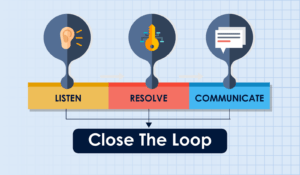
To ensure that your NPS and CSAT survey data don’t end up as mere data points on a graph, it is important to establish a robust feedback loop within your organization.
Here’s what I do:
Analyze & Utilize Customer Feedback Effectively
Now, let’s talk about it through the case study of one of the automotive clients, I recently worked with, who was facing similar problems.
A major automotive company was facing the challenge of prioritizing, analyzing, and closing the feedback loop with its customers.
So what did they do?
They partnered with SurveySensum to improve their approach to responding to feedback.
Their goal was not only to analyze survey data more effectively but also to take immediate action to close the feedback loop in real-time, improve NPS, and elevate customer satisfaction.
Across the automotive customer journey, there are multiple important touchpoints where interaction happens., across the automotive customer journey. They were sending 11-point NPS surveys for two critical touchpoints:
The questions were centered around these two touchpoints of their dealerships. They were already sending NPS surveys in a timely manner but their challenge was to prioritize feedback, properly analyze it, and follow up with their customers.
Here’s what they did:
With the help of the automotive feedback tool, they segmented the respondents into three categories:
Now, negative feedback needs immediate action, right? This is why they implemented an automated ticketing system for negative feedback.
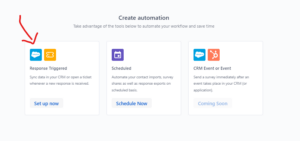
When a customer gives a rating between 1-6, they are classified as detractors by the SurveySensum system, and a ticket is created immediately. These tickets were intelligently assigned to the respective dealership manager based on the nature of the feedback, be it the service or sales head.
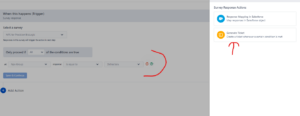
Now the dealership manager reached out to the customer to resolve the issue they faced during the Service of their vehicle.
Also, the admin at SurveySensum can check the status of all tickets that are open in SurveySensum, whereas the dealership manager can only see the tickets assigned to them.
Note: If you’re using Salesforce, Zendesk, or any other tool, SurveySensum can automatically send negative responses through an API, opening a support ticket in the respective platform.
Now, to ensure a timely resolution of these issues, there has to be a deadline set up. So, that is what they did.
They established Service Level Agreements. Dealerships were given 48/72 hours to address and resolve customer concerns. If they failed to meet these deadlines, the tickets were automatically escalated to the Area Manager. This ensured a hierarchical approach to problem resolution.
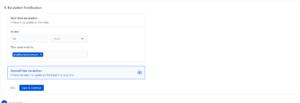
Once the dealership managers receive a notification, they log in through their SurveySensum account to get a comprehensive view of the customer’s score and the specifics of the customer feedback.
This facilitated an informed and personalized follow-up with the customer. Once they follow up, they can change the status of the ticket and put the notes of what they are planning to do.

This is how managers can put notes in the ticket and then change the status to close.
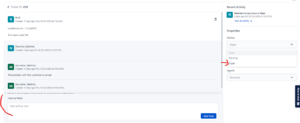
A robust monitoring and analysis system was implemented by the client so that the Customer Experience Manager or Dealer Network Development Manager could check the status of all tickets. This provided them with a holistic view of their dealership’s performance.
Since they have been running the closed-loop feedback process:
Beyond the numerical success, the process profoundly impacted the company’s culture. The systematic and proactive approach to handling feedback cultivated a customer-centric culture. Every employee, from frontline staff to management, became a stakeholder in improving customer experience.
This extended case study underscores the power of a well-structured close feedback loop process to boost NPS in the automotive industry. The success achieved in improving NPS scores, increasing survey response rates, and enhancing customer service retention validates the potential for similar strategies across diverse sectors.
